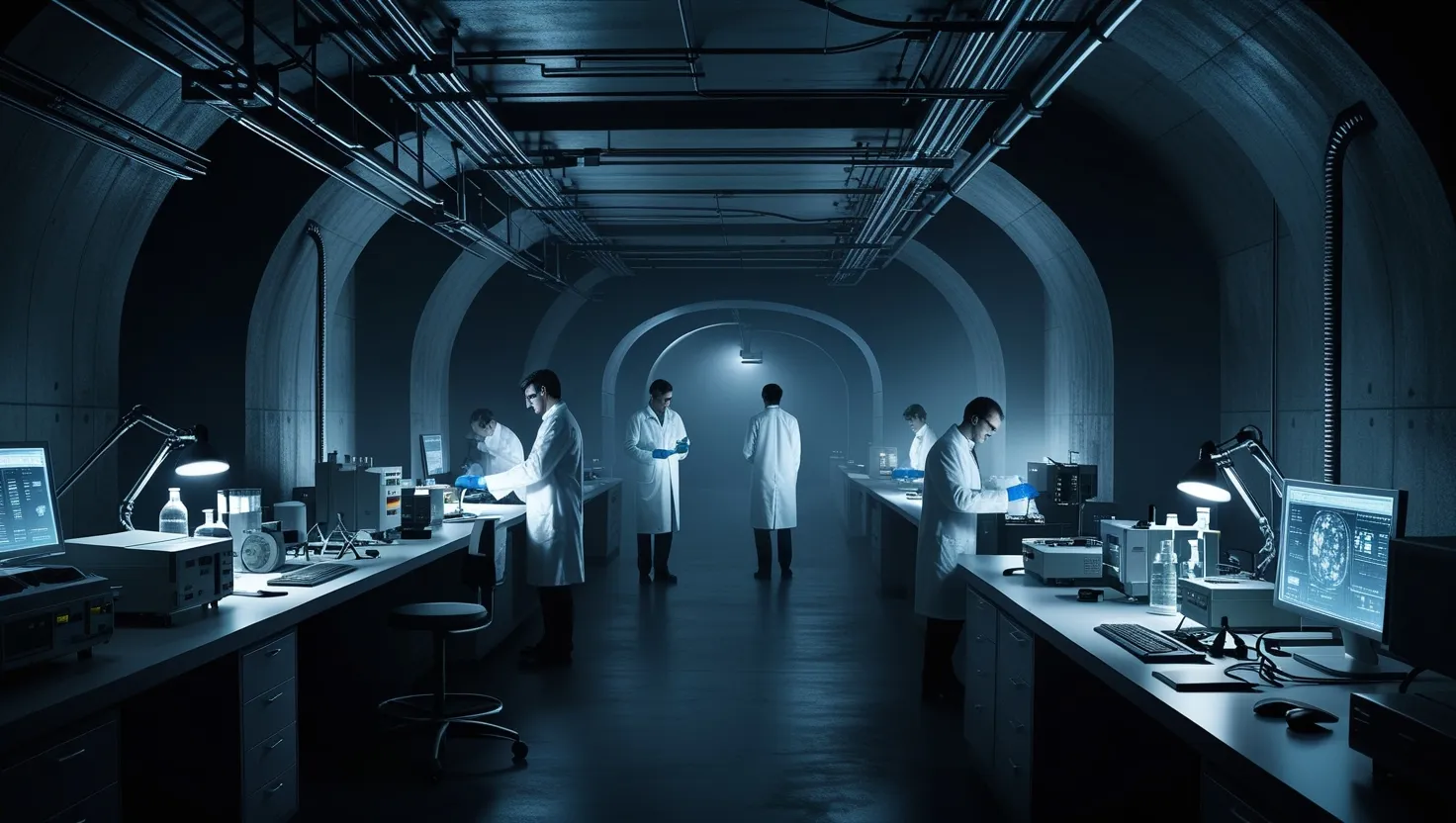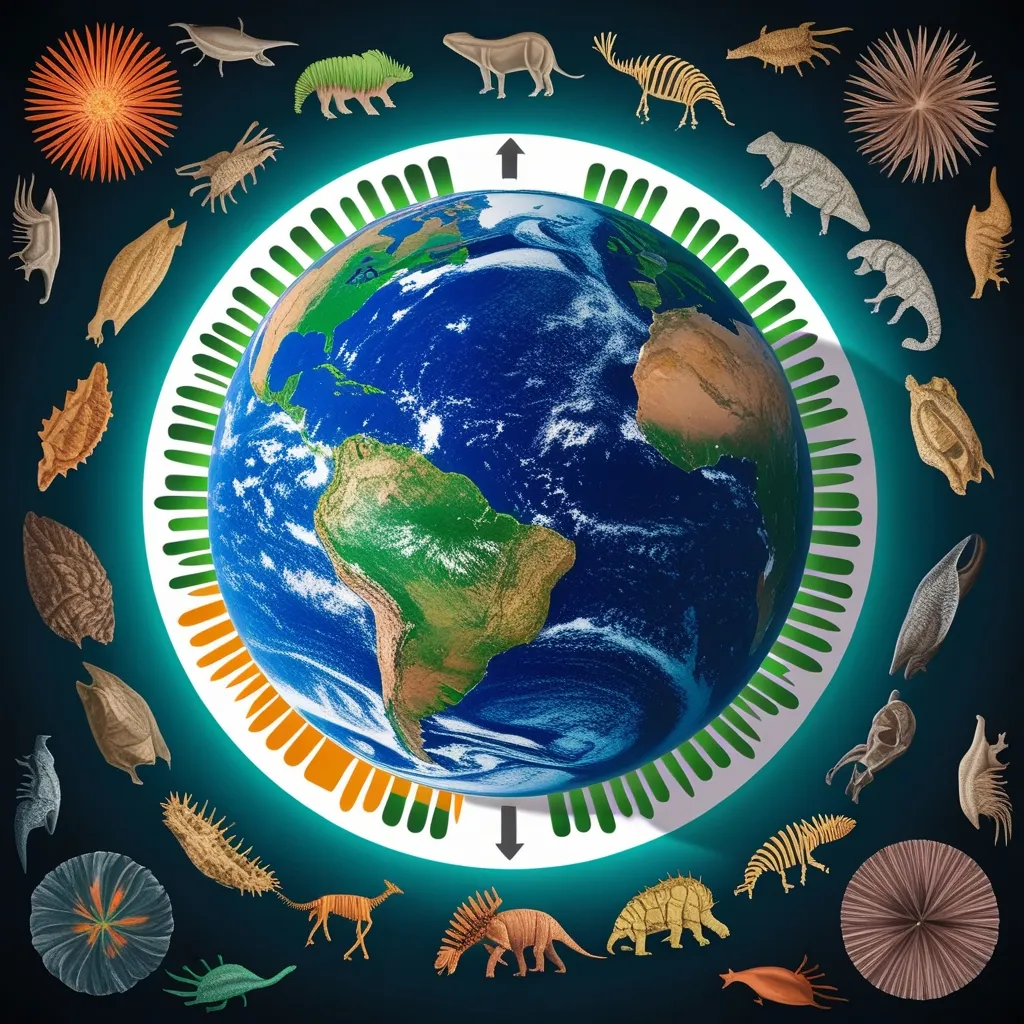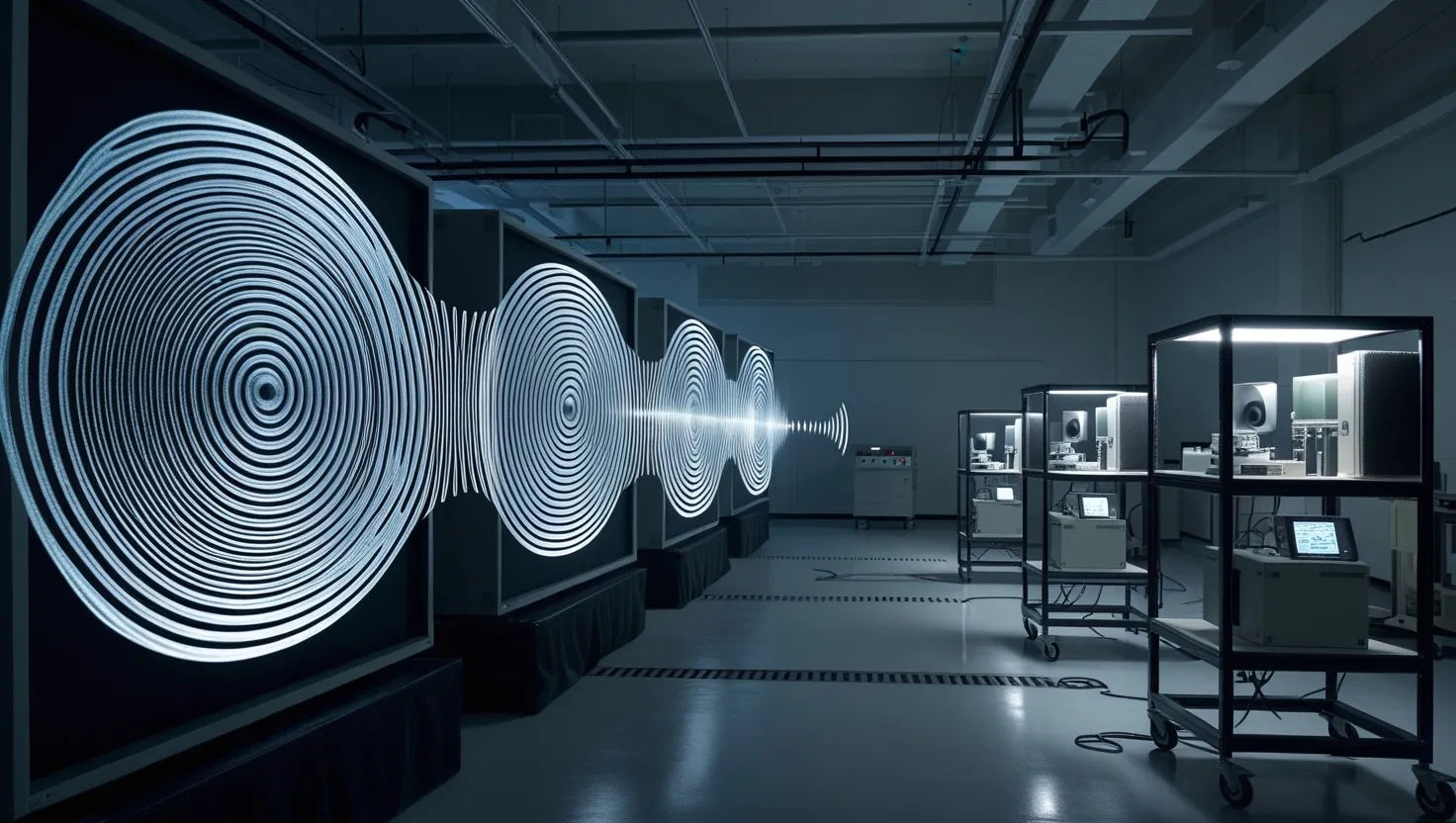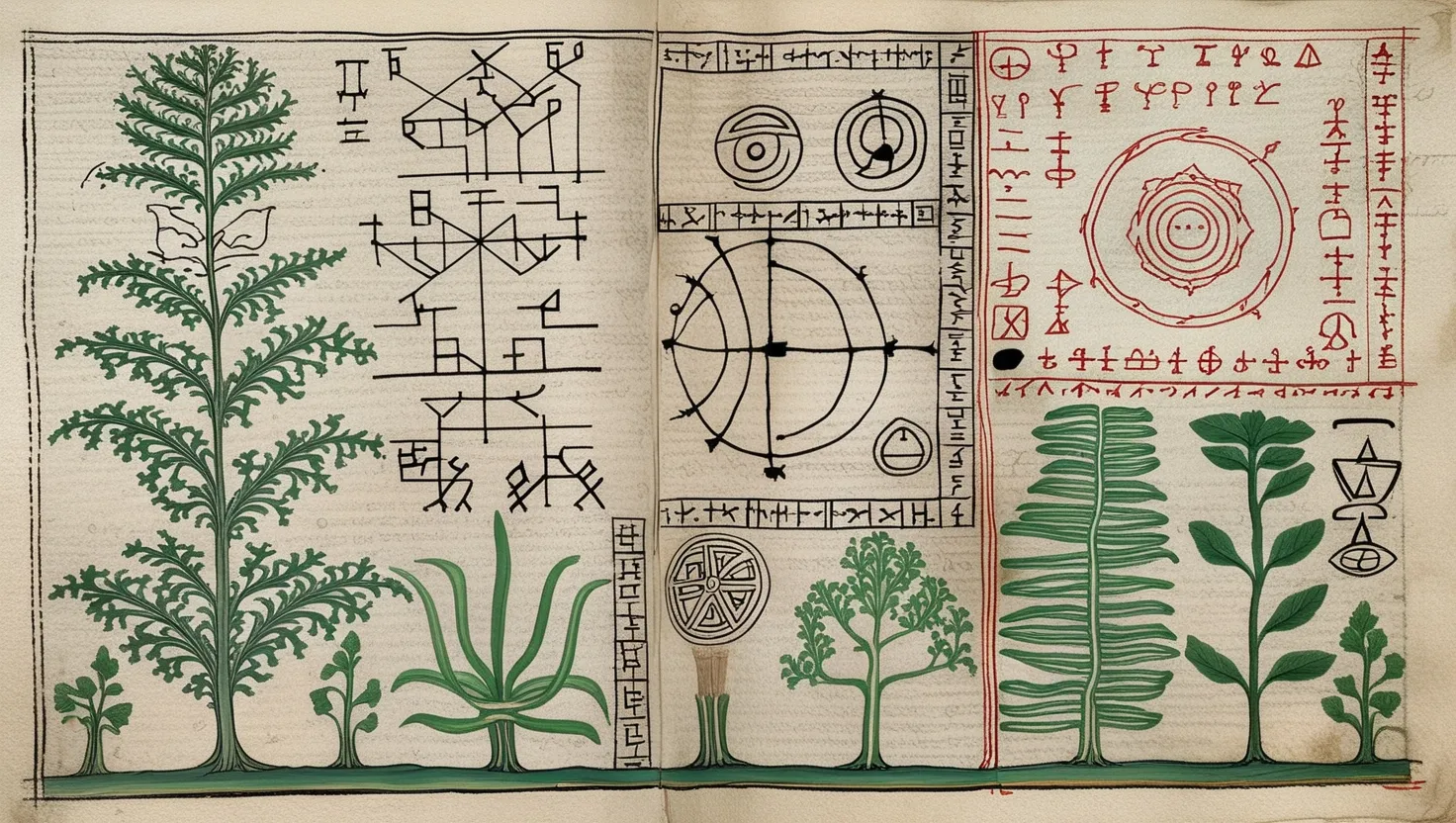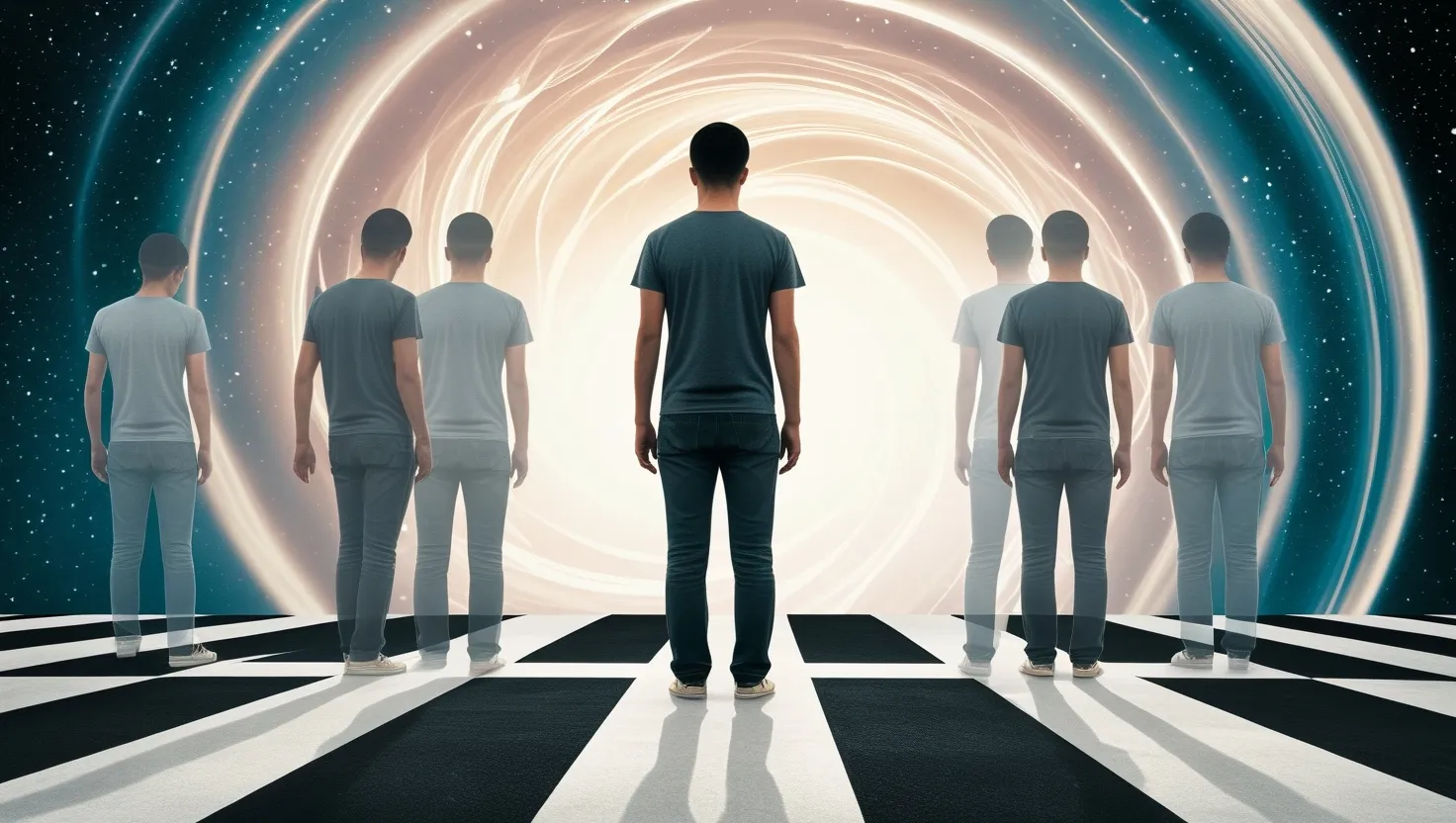If you trace the shadowy footprints of science and secrecy, you quickly realize some of humanity’s most extraordinary breakthroughs may have roots deeper than any textbook will admit. I’ve spent years reading about forgotten cold war schemes, drilling into government archives, and listening to the wilder edges of academic rumor. It’s easy to dismiss such stories as conspiracy theory fodder, but sometimes the smoke comes from a spark of truth. Consider the case of seven underground laboratories—each a blend of hard fact, whispered legend, and sharp technological possibility. Let’s take a tour through these subterranean mysteries together and consider not only what was done—but what might still be hidden, shaping the world above.
“Secrecy, being an instrument of conspiracy, ought never to be the system of a regular government.” – Jeremy Bentham
Lake Vostok is less a research station and more a time capsule beneath miles of Antarctic ice. Officially, Russian teams went there to drill into a subglacial lake thought to be sealed off for millions of years. Yet, as with many things at the bottom of the world, the official story leaves gaps. What would it mean to find microbial life with genetic structures never before seen—organisms adapted to utter darkness and immense pressure? The rumors suggest that the researchers did more than take samples; they isolated strands of DNA, experimenting behind closed doors. Imagine a genetic toolkit so alien it could create bioengineered organisms for medicine, energy production, or biowarfare. Has the world already changed in ways we simply haven’t recognized, the fingerprints of ancient Antarctic life quietly influencing new drugs or treatments?
Now, let’s look at Dulce Base, the New Mexico facility that crops up in every serious discussion about black projects. Most dismiss it as myth—a relic of UFO hysteria. But let’s ask a more interesting question: what if the wildest ideas have grains of truth? During the 1970s, rumors swirled of scientists experimenting with consciousness transfer—the uploading, copying, or movement of a mind from one body to another. It seems preposterous, but advances in neural mapping and AI hint we’re inching toward something similar today. What if the conceptual seeds were planted decades earlier, far out of public view? What would a world look like if consciousness could be digitized—a world where identity itself might be portable, or where intelligence could cross species boundaries? Even today, with brain-computer interfaces at their infancy, the echoes from Dulce Base invite us to reconsider the boundaries of life and mind.
“The most beautiful thing we can experience is the mysterious. It is the source of all true art and science.” – Albert Einstein
Shall we move to warmer waters? Nestled in the Bahamas, the AUTEC Triangle is often mentioned in the same breath as the Bermuda Triangle for good reason. This is no ordinary naval testing range. Sailors whisper about sudden radio dropouts, strange weather, and experimental craft that seem to shimmer before vanishing from sight. Some physicists have speculated that research here pushed the boundaries of scalar wave technology. If there’s any truth to the claims, it’s possible AUTEC hosted trials that bent electromagnetic fields in ways that made objects partially disappear—a real-world invisibility cloak. Did these experiments cause unexplained disappearances? And if so, where did those objects actually go? Scalar waves—once a fringe theory—are slowly finding their way into respectable science. If early success genuinely occurred here, one wonders what military applications have been quietly developed over the years.
Ask yourself this: how much of what you ‘see’ is dictated by your brain, and how much by the world outside? Montauk Point on Long Island serves as a reminder that the line may be thinner than you think. The former radar site isn’t just famous for coastal defense—it’s tied to reports of psychological experiments that blurred perception and reality. Supposedly, electromagnetic fields were used to trigger hallucinations, influence memory, or induce states of heightened suggestibility in unwitting subjects. While it’s tempting to file such stories alongside tales of telepathy, consider the subtle power in simply tweaking perception. Governments and corporations today invest vast sums in media influence and behavioral psychology—were their methods pioneered in places like Montauk, using tools most of us could hardly imagine? In the digital age, where reality is shaped by screen and algorithm, this question feels hauntingly relevant.
“Whoever controls the media, controls the mind.” – Jim Morrison
Thousands of miles away, under the vast expanse of the Australian Outback, Pine Gap hides beneath layers of secrecy and satellite dishes. Publicly, it’s a joint US-Australian intelligence base—monitoring signals, tracking satellites. Yet, over the years, stories of a sprawling underground complex have persisted. What if, deep below, experiments in quantum computing have been underway for decades? Imagine researchers with access to exotic materials—possibly from meteorites or unknown geological formations—enabling leaps far beyond public science. With quantum computing, problems that stymie modern supercomputers would be trivial; code-breaking, logistics, even weather manipulation could be routine. Australian scientists have publicly produced notable quantum milestones, but some suspect the real story sits beneath Pine Gap’s desert isolation. Is it possible that today’s sudden leaps in quantum algorithms trace their roots to secret projects with a decades-long head start?
Let me turn your attention to a place colder than Pine Gap and more remote than AUTEC—the Norwegian Seed Vault. While most know it as the world’s backup pantry, safeguarding seeds against global disaster, persistent whispers suggest another, far more curious purpose. Rumors swirl of a secret level housing genetic material not just from plants, but from extinct or endangered species—maybe even samples that predate modern humanity. If that’s true, are we quietly stockpiling the ingredients to bring back vanished animals or even ancient hominids? The ethical questions boggle the mind: Would revived species reshape ecosystems? Could genetic material from the past help us solve present-day health crises? Or might we be preparing for an event that threatens the genetic diversity not just of crops, but of all life?
Now, let’s dig even deeper—literally. The Mohorovičić Discontinuity, or “Moho,” marks the boundary between the Earth’s crust and mantle, and in the Soviet era, a project aimed to reach it with the world’s deepest drill. The official results were mundane: rocks, heat, technical challenges. But off-the-record accounts hint at something much stranger. Reports allege the discovery of minerals with odd energy-amplifying properties—materials that could theoretically revolutionize electronics, batteries, or even weaponry. If a substance exists that naturally multiplies electrical current or stores immense energy, even in tiny quantities, it would offer a shortcut past decades of research. Why did progress in deep-earth drilling halt so abruptly? Could the answer rest in a vault, rather than a laboratory?
“He who controls the past controls the future. He who controls the present controls the past.” – George Orwell
You might be wondering—is all of this simply creative myth, born of boredom and paranoia? Or should we pay closer attention to the gaps in official history? Consider how much our world has changed in just a few generations. Technologies once considered magical—wireless signals, gene editing, even digital money—are now common. More curiously, many transformational discoveries seem to leap from nowhere, with origins muddied by classified patents or retired researchers refusing to answer direct questions.
What happens if one of these labs truly changed the course of science? Would you ever know, or would the impact ripple quietly through the products you use, the medicines you take, or the news you hear, with no hint of their unusual origin? I find that possibility both unsettling and oddly hopeful. True progress, after all, often takes root in the shadows, flourishing only when the world is ready.
Let’s reflect for a moment. If tomorrow you learned that your phone’s processor, or a common vaccine, or even a psychological technique you encountered online had its birth in underground research, would you feel differently about it? Does secrecy taint innovation, or does it simply reflect the complexity of safeguarding knowledge in a world rife with competition and risk?
Often, the dividing line between fiction and reality isn’t a wall, but a thin fog. As more projects come to light—declassified, destigmatized, or simply repurposed—we may discover that history is not a simple string of public victories, but a mosaic of hidden failures, secret triumphs, and impossible stories made possible by the willingness to work where no one can see.
“In the fields of observation chance favors only the prepared mind.” – Louis Pasteur
So next time you read about a laboratory buried beneath ice, desert, or ocean, ask yourself not just “is this true,” but “what if it was?” Because sometimes, the greatest changes come not from the discoveries we expect, but from those we are only beginning to imagine.
